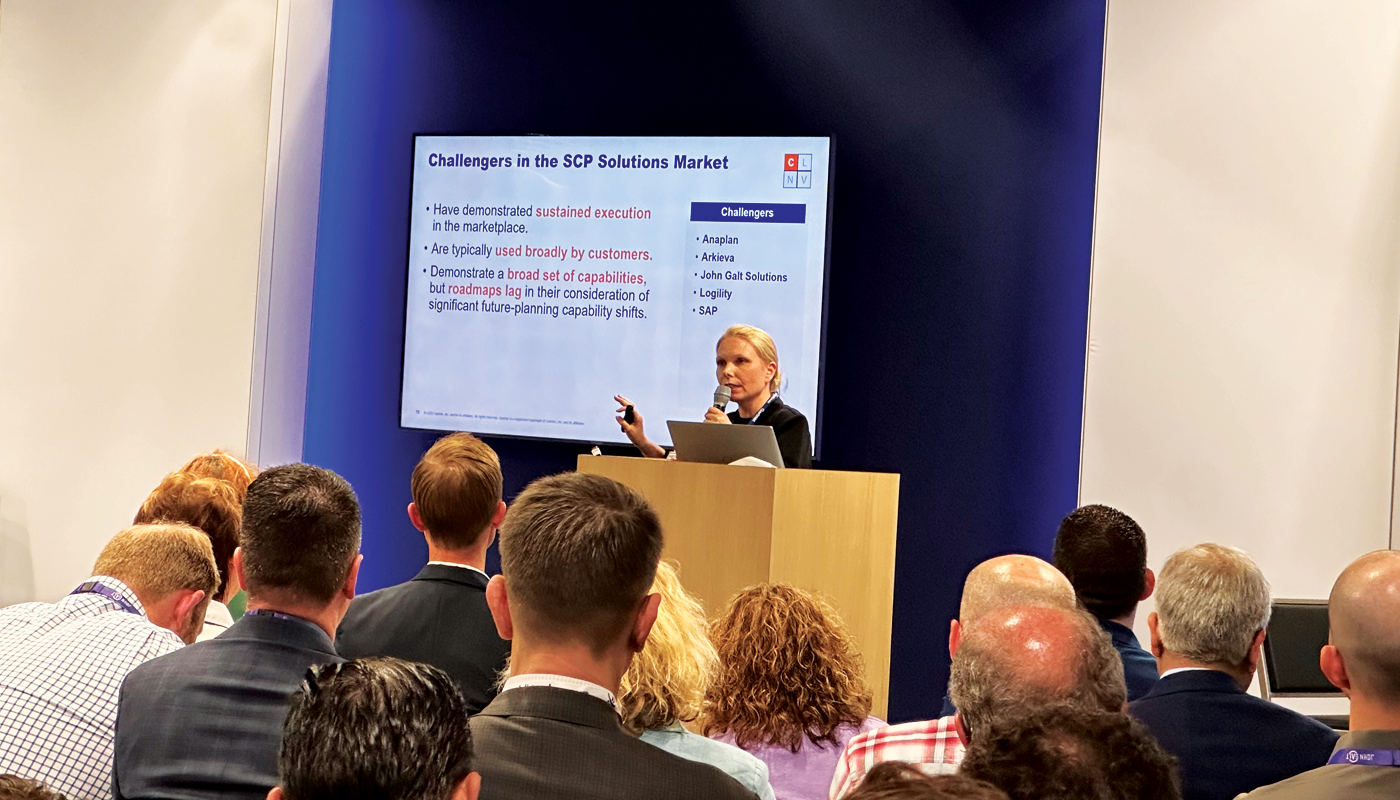Is your supply chain ready for 2017? A supply chain management assessment might be exactly what you need to get started.
With the end of the year looming, it’s once again that time of the year when businesses plan for the upcoming year. For organizations committed to a continuous improvement process for their supply chain and other business processes, now might be an excellent time to perform a supply chain management assessment.
Understanding What a Supply Chain Management Assessment Entails
It’s essential to note that, while a supply chain management assessment may help identify gaps in business processes that can be solved with technology solutions, a supply chain management assessment differs from a technology assessment.
A technology assessment looks at existing technology solutions, IT governance, and security to make determinations on improving current practices with new solutions or enhancing existing ones. Making a supply chain management assessment takes a more holistic look at the business’ supply chain management practices from demand planning all the way to distribution.
Our whitepaper on Supply Chain Management Assessment outlines four main areas that should be the focal point of your supply chain management assessment, namely:
- The level of coordination between different operations from forecasting to manufacturing to order fulfillment as well as the effectiveness of the current supply chain planning operations
Collaboration and coordination is a vital part of any effective supply chain process. Whenever there are gaps or breaks in the communication process from cross-functional teams, it causes waste which could soar up growing costs. For instance, a break in communication between the sales and demand planning teams could create an excess or shortage of inventory leading to unsatisfied customers or high inventory costs. Creating a better linkage between all teams involved in the supply chain process is essential for creating an efficient supply chain operation.
- A comparison of the operations with best-in-class operations to determine areas of improvement
Using industry benchmarks from best-in-class operations can help you identify where your business might be lacking and in need of improvement. Benchmarking also presents you with ideas on how you could implement certain improvement projects, making a daunting task look attainable.
- An assessment of the Information Technology (IT) systems currently being used to support the operations, to identify specific gaps and improvement potential
In most cases, what differentiates innovators from laggards is the ability to “not leave good enough alone.” Organizations committed to continuous improvement and innovation do not only fix systems that are broken. They either enhance existing systems or find better suited ones to improve productivity or save valuable business time. For such businesses, finding best-in-class supply chain solutions that solve their specific business challenge is top on the list of technology enhancements.
- Business process changes and organizational needs to support a best-in-class supply chain operation
To sum everything up, the final step in your supply chain management assessment is to document all the business process changes and needs for supporting your identified best-in-class supply chain operation. This involves creating analyses on current and past operations, as well as a well detailed plan on how to improve your current supply chain operations.
At the end of the day, improving your supply chain management processes could start with a detailed supply chain management assessment for 2017 but should never end there. Achieving a best-in-class supply chain process is dependent on your commitment to enhancing all around supply chain operation areas on a continuous everyday basis.
For more information on how to conduct a full supply chain management assessment download the Supply Chain Management Whitepaper.






